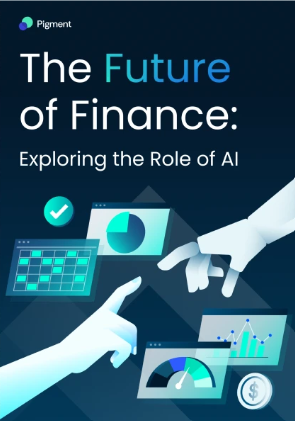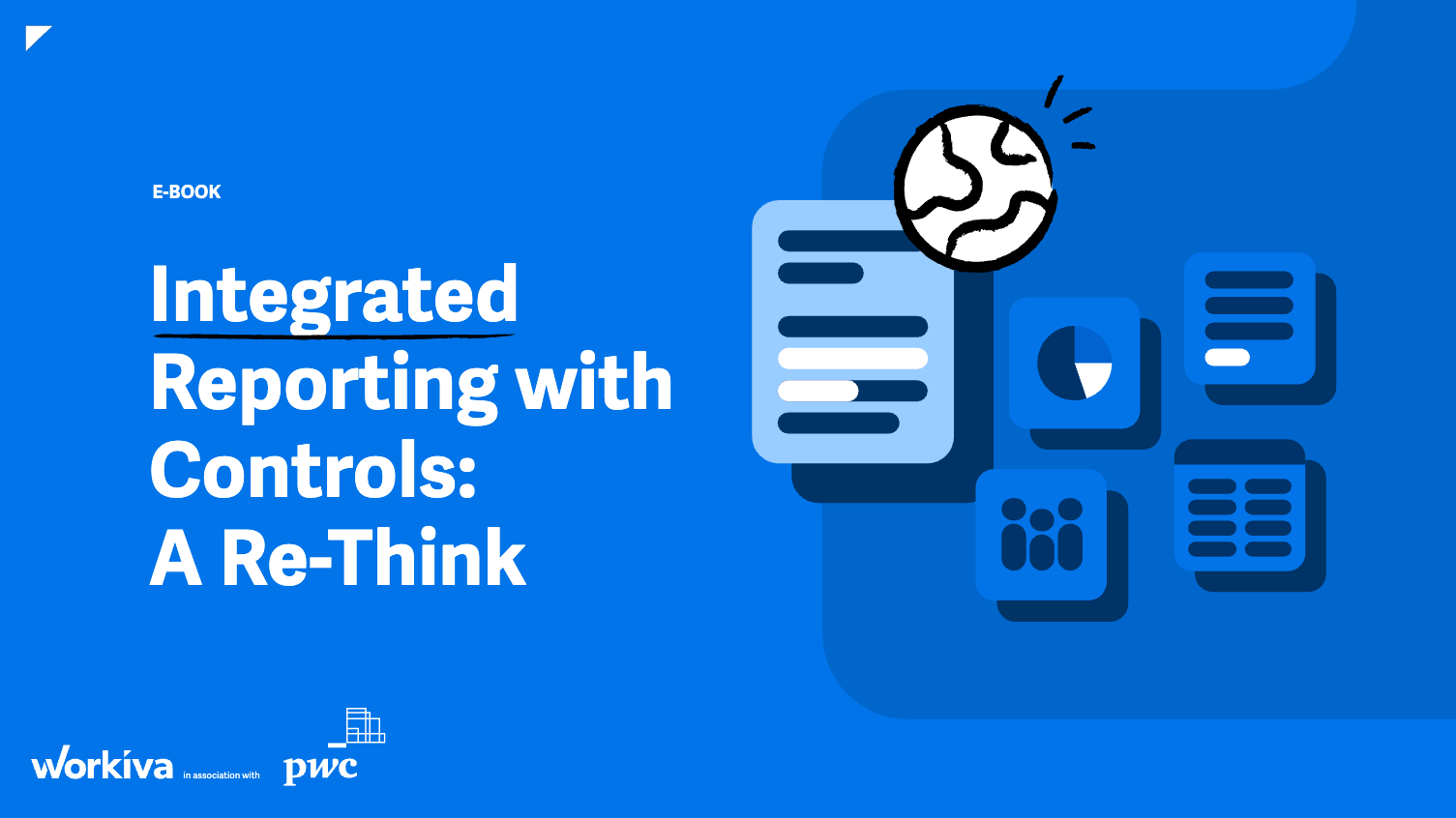Source: blog.stavvy.com
The Indian mortgage sector has undergone a significant transformation, largely due to the digital revolution sweeping across industries. This transformation has profoundly changed how mortgage operations are conducted, how customers experience the process, and the overall practices within the industry. Let’s examine the specific changes and their effects on lenders and borrowers.
Starting from March 2020, consumers significantly altered their interactions with businesses and each other due to the pandemic. This shift led to a rapid increase in the use of digital channels, accelerating the adoption of digital technologies by several years.
The pandemic compelled consumers to embrace digital operations such as online shopping, digital banking, remote work, and online communication. This widespread transition to digital platforms also impacted the mortgage industry, initiating a digital transformation that continues to progress.
Digital Mortgages by Atom Bank explained in one minute
The abrupt and necessary transition online highlighted the advantages of digital transformation for both lenders and customers. It has the potential to streamline traditionally manual and face-to-face processes in several ways:
1. Speed: Digital files can be processed faster by lenders, buyers can sign and notarize documents within minutes, and closings can be expedited.
2. Cost-effectiveness: Digitizing the mortgage lending process eliminates the need for printing extensive amounts of paper and traveling to closings or notaries. It can also reduce labor costs and errors.
3. Security: Digital documents can be securely stored in encrypted files and protected with passwords.
4. Convenience: Automation, online templates, and data analysis tools can assist lenders with time-consuming tasks, making processes easier for all parties involved.
The mortgage industry has various areas for investment in its digital transformation journey. One significant area is the mortgage closing process. eClosings enable all parties involved — including buyers, sellers, lenders, title agents, real estate agents, and notaries — to conduct transactions digitally. This can significantly enhance the return on investment for lenders and improve the overall customer experience.
Additionally, there are opportunities for investment in various back-end processes such as mortgage processing and servicing. For instance, not all mortgage lenders offer online monthly payment options. Many lenders are also exploring ways to enhance their digital connectivity with brokers to create a more seamless process for all stakeholders.
What is included in a digital mortgage?
source:besmartee.com
Digital mortgages offer a significant opportunity for lenders to enhance revenue while providing value to consumers and setting the stage for future success.
So, what exactly constitutes a digital or online mortgage? Digital mortgages utilize technology to conduct the entire process online, from pre-approval to eClosing.
A digital mortgage encompasses:
1. Digital documents: Documents are either scanned versions of paper originals or live electronic documents that can be edited online.
2. Online portal: Customers can upload essential documents like identification and personal information. Lenders, buyers, and agents can securely access and share documents and information through a digital platform.
3. Electronic signing (eSigning): Documents can be signed using electronic signatures instead of traditional pen and paper.
4. Online notarization: Documents are legally signed and notarized online.
5. eNote and eVault: A promissory note can be electronically created and stored in compliance with state regulations.
Specific changes and their effects on lenders and borrowers:
Digital Evolution of Mortgage Origination
- Paperless Revolution: Gone are the days of endless paperwork and bank visits when applying for a mortgage. Digitalization has not only streamlined application processes but has also made them entirely paperless. This shift means faster and more accurate loan approvals, benefiting borrowers.
Source: nte.ai - Unraveling the Algorithms: Credit scoring in the mortgage industry has become more sophisticated with digitalization. Advanced algorithms and machine learning models determine creditworthiness, influencing borrowers’ chances of securing their desired home loan.
The Impact on Customer Experience
- Knowledge at Your Fingertips: Borrowers now have unprecedented access to mortgage information, EMI calculators, and application tracking through digital platforms. This accessibility empowers borrowers and enhances their overall experience.
- Mortgages Tailored Just for You: Data analytics has enabled the creation of customized mortgage solutions, including lower interest rates and flexible repayment schedules. This customer-centric approach enhances the borrowing experience.
The Role of Data Analytics and AI
- Risk Mitigation: Predictive analytics and AI algorithms work behind the scenes to identify potential risks and fraud, ensuring a secure lending environment for both lenders and borrowers.
- The Power of Automation: Automation and AI-driven chatbots streamline loan servicing, providing immediate assistance and proactive notifications to borrowers, ultimately improving efficiency and reducing operational costs for lenders.
The Changing Landscape of Regulations
- Regulatory Compliance: Evolving regulations encompass data privacy, cybersecurity, and consumer protection, making the mortgage industry safer for all stakeholders and fostering trust.
Source: securenetworks.com - Fostering Innovation: Clear regulatory frameworks encourage innovation, spurring startups and established players to explore new avenues in mortgage services.
The Future of the Indian Mortgage Industry
- Continued Innovation: Expect further advancements such as blockchain-based property records and instant loan approvals, reshaping the home-buying experience.
- Financial Inclusion: The digital revolution is making homeownership more accessible to underserved populations, shaping the future of the mortgage industry and aspiring homeowners’ journeys.
The Digital Mortgage Process
What difficulties does the mortgage business face?
Achieving a seamless digital transaction experience poses significant challenges, requiring time, investment, and substantial changes. However, many mortgage companies and lenders encounter obstacles that hinder their digital transformation efforts:
1. Lack of a clear strategy: Digital transformations often falter due to a lack of a coherent vision driving change. Whether the goal is to enhance backend technology for efficient loan processing or improve the online transaction process for consumers, a well-defined plan is essential for success.
2. Misalignment at the top: The mortgage industry is intertwined with the broader banking sector, where various digital transformation initiatives compete for attention. If a major bank prioritizes investment in areas such as wealth management or consumer banking over mortgage servicing, it can impede efforts to digitize without leadership support or a clear mandate.
3. Resistance across partners: Mortgage lenders collaborate with title agents, real estate agents, and other partners throughout the loan origination and closing processes. If these partners are not prepared to conduct transactions online, it can hinder the lender’s ability to do so effectively.
4. Lack of awareness and training: While lenders may have the necessary tools and technology in place, the lack of staff training and process changes can hinder adoption. Poor adoption rates often result in wasted investments and missed opportunities for improvement.
Reference;
[1]“How Digital Transformation Is Changing the Mortgage Industry – Real Estate – Notarize.” Notarize, 17 May 2022, Accessed 4 April 2024
[2]https://www.linkedin.com/pulse/unmasking-digital-metamorphosis-how-shaping-indias-mortgage-mahajan/








Leave a Reply